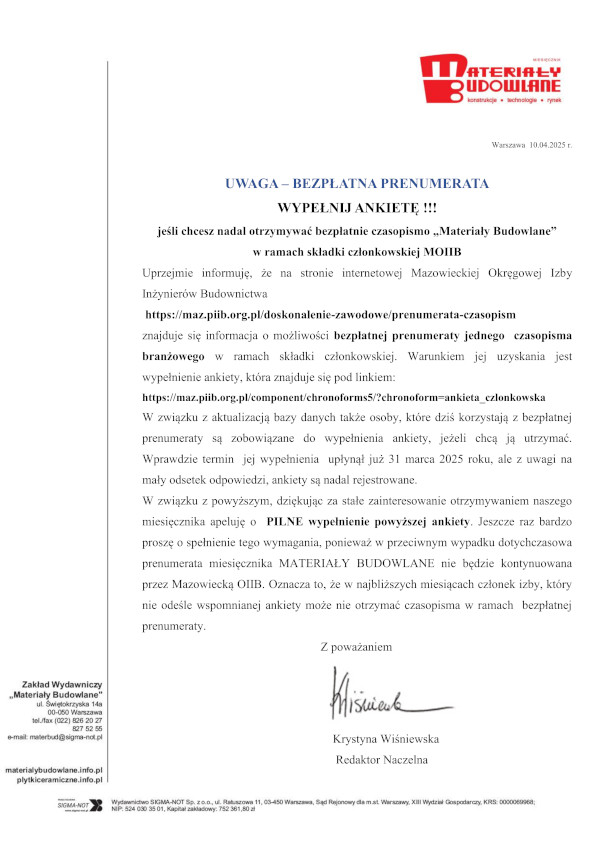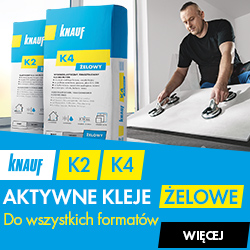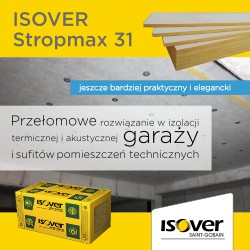The influence of concrete modification with superabsorbent polymers (SAP) on the course of carbonation and mechanical properties
dr hab. inż. Piotr Woyciechowski, prof. PW, Politechnika Warszawska; Wydział Inżynierii Lądowej
ORCID: 0000-0002-8127-7559
mgr inż. Maciej Kalinowski, Politechnika Warszawska; Wydział Inżynierii Lądowej
ORCID: 0000-0002-6729-1506
Adres do korespondencji: Ten adres pocztowy jest chroniony przed spamowaniem. Aby go zobaczyć, konieczne jest włączenie w przeglądarce obsługi JavaScript.
DOI: 10.15199/33.2020.10.03
Oryginalny artykuł naukowy
Streszczenie. Modyfikacja składu betonu polimerem superabsorpcyjnym (w postaci granulek absorbujących znaczną ilość wody zarobowej), stanowi metodę pielęgnacji wewnętrznej, prowadzącą do znacznej redukcji skurczu betonu. Wpływ takiej modyfikacji na inne właściwości betonu jest przedmiotem wielu badań prezentowanych w najnowszej literaturze światowej, natomiast nieliczne są doniesienia o przebiegu karbonatyzacji tak zmodyfikowanego betonu. W artykule przedstawiono wyniki badań karbonatyzacji w warunkach przyspieszonych oraz cech mechanicznych betonów wysokowartościowych modyfikowanych dodatkiem SAP w różnych wariantach.
Słowa kluczowe: polimery superabsorpcyjne; pielęgnacja wewnętrzna; kompozyty cementowe; karbonatyzacja.
Abstract. Concrete’s modification with a superabsorbent polymer (in the form of granules absorbing a significant amount of mixing water), is a method of internal curing leading to a significant reduction in concrete shrinkage. The impact of such modification on other properties of concrete is the subject of many studies presented in the latest world literature while there are few reports on the course of carbonation of such modified concrete. The article present the results of carbonation tests under accelerated conditions and the mechanical properties of high-performance concretes modified with the addition of SAP in various variants.
Keywords: superabsorbent polymers; internal curing; cement composites; carbonation.
Literatura
[1] Czarnecki Lech, Piotr Woyciechowski. 2015. „Prediction of the reinforced concrete structure durability under the risk of carbonation and chloride aggression”. Bulletin of the Polish Academy of Sciences: Technical Sciences 61 (1): 173 – 181
[2] Farzanian K., K. Pimenta Teixeira, I. Perdiago Rocha, I. De Sa Carneiro, A. Ghahremaninezhad. 2015. „The mechanical strength, degree of hydration and electrical resistivity of cement pastes modified with superabsorbent polymers”. Constr. Build. Mater. 109: 156 – 165.
[3] Hasholt M. T., O. M. Jensen. 2015. „Chloride migration in concrete with superabsorbent polymers”. Cem. Concr. Compos. 55: 290 – 297.
[4] Jensen O.M., P. F. Hansen. 2001. „Water entrained cement-based materials; I. Principles and theoretical background”. Cement and Concrete Research 31: 647 – 654
[5] Justs J., M. Wyrzykowski, D. Bajare, P. Lura. 2015. „Internal curing by superabsorbent polymers in ultra-high performace concrete”. Cem. Concr. Res. 76: 82 – 90.
[6] KalinowskiMaciej, PiotrWoyciechowski. „The course of water absorption and desorption from superabsorbent polymers (SAP) in cementitious environment”. Proceedings of the ICSBM 2019 – The 2nd International Conference on Sustainable Building Materials At: Eindhoven, The Netherlands, Vol. 5: 44 – 54.
[7] Kang S.-H., S.-G. Hong, J. Moon. 2017. „Absorption kinetics of superabsorbent polymers (SAP) in various cement-based solutions”. Cem. Concr. Res. 97: 73 – 83.
[8] MechtcherineV.; H.-W., Reinhardt. 2012. Application of Superabsorbent Polymers (SAP) in Concrete Construction, State-of-the-Art Report Prepared by Technical Committee 225-SAP. Springer Science & Business Media: Berlin, Germany.
[9] MignonA., G. J. Graulus, D. Snoeck, J.Martins, N. De Belie, P. Dubruel, S. Van Vlierberghe. 2014. „pH-sensitive superabsorbent polymers:Apotential candidatematerial for self-healing concrete”. J.Mater. Sci. 50: 970 – 979.
[10] NevilleA.M. 2000.Właściwości betonu.Kraków.
[11] Olawuyi B. J., W. P. Boshoff. 2017. „Influence of SAP content and curing age on air void distribution of high performance concrete using 3D volume analysis”. Construction and Building Materials, 135: 580 – 589
[12] Pourjavadi A., S. M. Fakoorpoor, P. Hosseini, A. Khaloo. 2013. „Interactions between superabsorbent polymers and cement-based composites incorporating colloidal silica nanoparticles”. Cem. Concr. Compos. 37: 196 – 204.
[13] Schrofl C.,V.Mechtcherine,M. Gorges. 2012. „Relation between the molecular structure and the efficiency of superabsorbent polymers (SAP) as concrete admixture to mitigate autogenous shrinkage”. Cem. Concr. Res. 42: 865 – 873.
[14] Snoeck D., D. Schaubroeck, P. Dubruel, N. De Belie. 2014. „Effect of high amounts of superabsorbent polymer and additional water on the workability, microstructure and strength of mortars with water-to-cement ration of 0.50”. Constr. Build.Mater. 72: 148 – 157.
[15] Snoeck L. F., P. Velasco, A. Mignon, S. Van Vlierberghe, P. Dubruel, P. Lodewyckx, N. De Belie. 2015. „The effect of superabsorbent polymers on the microstructure of cementitious materials studied by sorption experiments”. Cem. Concr. Res. 77: 26 – 35.
[16] Snoeck D., K. Van Tittelboom, S. Steuperaert, P. Dubruel, N. De Belie. 2014. „Self-healing cementitious materials by the combination of microfibres and superabsorbent polymers”. J. Intell. Mater. Syst. Struct. 25: 13 – 24.
[17] Song C.,Y. Cheol Choi, S. Choi. 2016. „Effect of internal curing by superabsorbent polymers – Internal relative humidity and autogenous shrinkage of alcali-activated slagmortars”. Constr. Build.Mater. 123: 193 – 206.
[18]Woyciechowski P. P. 2013. „Model karbonatyzacji betonu”. Prace Naukowe – Budownictwo, z. 157;
[19]Woyciechowski P. P., J. J. Sokołowska. 2017. „Self-Terminated Carbonation Model as an Useful Support for Durable Concrete Structure Designing”. Structural Engineering andMechanic 63 (1): 55 – 64.
[20] Woyciechowski P. P., M. Kalinowski. 2018. „The influence of dosing method and material characteristics of superabsorbent polymers (SAP) on the effectiveness of the concrete internal curing”. Materials 11 (9): 1600.
Przyjęto do druku: 30.09.2020 r.
Materiały Budowlane 10/2020, strona 40-43 (spis treści >>)































